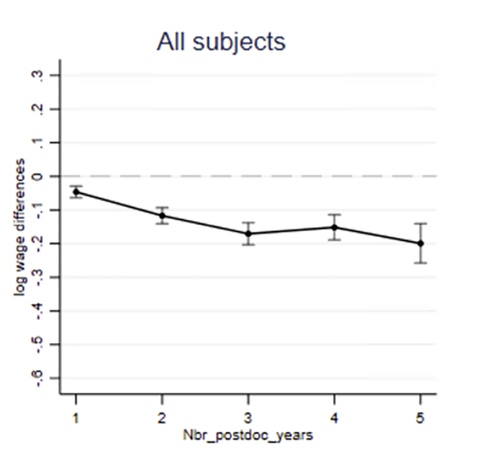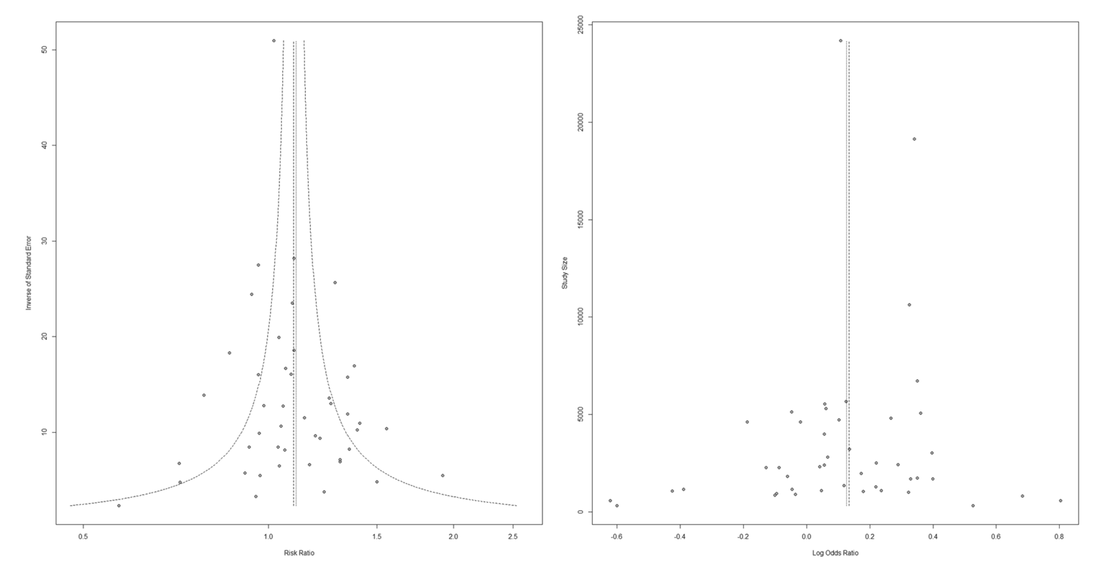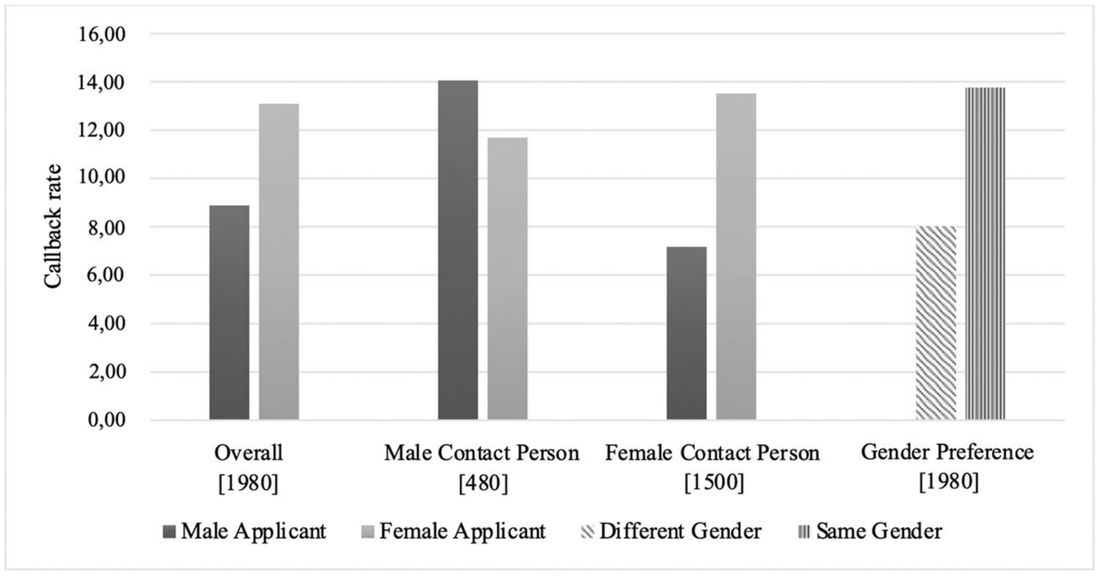"How to organise education online when students cannot go to school? While massive online open courses struggle from low completion rates among voluntary learners, compulsory education at school demands new approaches. Our international research team had to search for these new approaches as we decided to help students in their final years of high school in Ecuador to finish school during the COVID-19 pandemic. When the pandemic broke out in Spring 2020, we were finalising a randomised controlled trial of educational online materials from our programme "Showing Life Opportunities", which aims to boost high-growth entrepreneurship and science, technology, engineering, and mathematics (STEM) careers in Ecuador. Under emergency conditions, we successfully scaled up our programme to cover more than 45,000 students in 1,151 schools across Ecuador. In our study we tested a set of light-touch interventions to improve students' educational process and knowledge outcomes. A recent paper published in the Proceedings of the National Academy of Sciences (PNAS) describes what we learned from experimenting with light-touch interventions."
Read more on IGL website.
Igor Asanov, Anastasiya-Mariya Asanov (Noha), Thomas Åstebro, Guido Buenstorf, Bruno Crépon, David McKenzie, Francisco Pablo Flores T., Mona Mensmann & Mathis Schulte (2023): "System-, Teacher-, and Student-level Interventions for Improving Participation in Online Learning at Scale in High Schools", Proceedings of the National Academy of Science (PNAS), 2023 Vol. 120 No. 30 e2216686120; https://doi.org/10.1073/pnas.221668612
Read more on IGL website.
Igor Asanov, Anastasiya-Mariya Asanov (Noha), Thomas Åstebro, Guido Buenstorf, Bruno Crépon, David McKenzie, Francisco Pablo Flores T., Mona Mensmann & Mathis Schulte (2023): "System-, Teacher-, and Student-level Interventions for Improving Participation in Online Learning at Scale in High Schools", Proceedings of the National Academy of Science (PNAS), 2023 Vol. 120 No. 30 e2216686120; https://doi.org/10.1073/pnas.221668612
Photo by Avi Richards on Unsplash










 RSS Feed
RSS Feed
